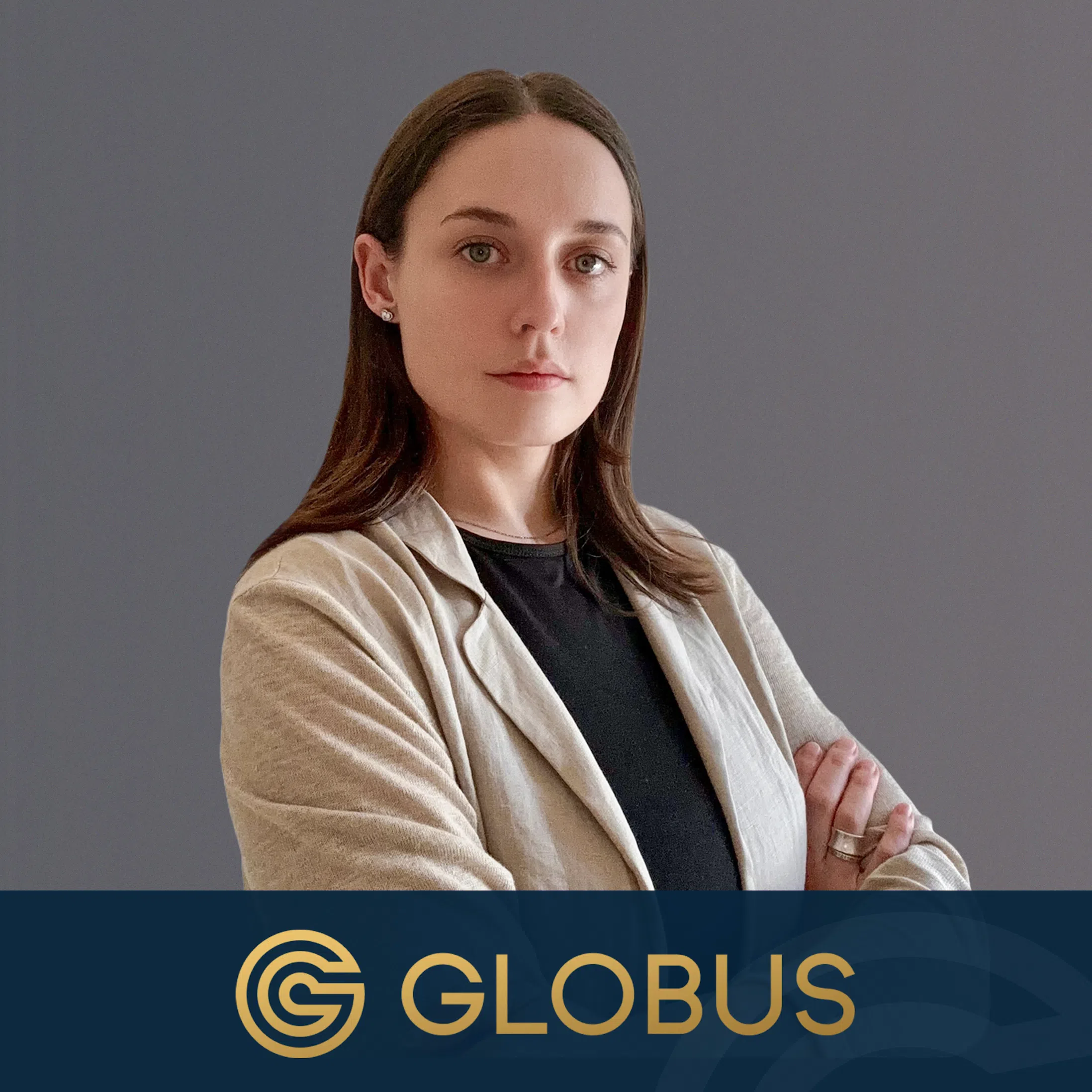
Expanded Polystyrene (EPS) is a lightweight, rigid, plastic foam insulating material produced from solid beads of polystyrene. It is often referred to by the brand name Styrofoam, although Styrofoam is technically a type of closed-cell extruded polystyrene foam made for thermal insulation and craft applications, not the same thing as EPS which is used in a wider range of applications, including furniture.
In the context of furniture, EPS is valued for several reasons:
Lightweight: EPS has a very low density because it is composed of up to 98% air. This makes it a useful material for lightweight furniture that is easy to move and handle. It's especially favored for items like bean bag filler, temporary seating, or light-duty accent pieces.
Formability: The raw beads of polystyrene can be expanded and molded into almost any shape, allowing for a range of designs and applications in furniture. This makes it possible to create ergonomic designs and unique furniture shapes.
Insulation: EPS has excellent thermal insulation properties. While this isn't a primary consideration in most furniture design, it can be beneficial in certain scenarios where temperature modulation is desired.
Shock Absorption: Due to its structure, EPS can absorb shock relatively well, making it suitable for packaging furniture or delicate items during transportation. Although not a structural component, this property is indirectly related to furniture when considering the product delivery process.
Moisture Resistance: EPS does not absorb water, which is beneficial for outdoor furniture or in environments where exposure to moisture is a concern. However, over time, prolonged exposure to water can lead to degradation.
Chemical Inertness: EPS is resistant to most common chemicals, which means it does not react with other materials and is not prone to corrosion, making it a good choice for long-lasting furniture components.
Sustainability: EPS is often criticized for its environmental impact as it is a petroleum-based product and is not biodegradable. However, it is recyclable, and there is a growing movement to improve recycling rates and to find eco-friendlier alternatives or processes.
Cost-Effectiveness: Typically, EPS is a relatively inexpensive material, which helps to reduce manufacturing costs and thereby the final cost to consumers.
While EPS offers unique benefits, it also has some drawbacks when used in furniture:
Strength and Durability: Compared to other materials like metals, wood, or high-density polyethylene (HDPE), EPS is quite weak structurally. Furniture made from EPS is not meant for heavy-duty use and may not withstand significant weight or stress.
Fire Resistance: EPS is flammable and sensitive to high temperatures, which makes it unsuitable for applications where exposure to fire or extreme heat is a risk. It is often treated with flame retardants to mitigate this risk, which can introduce other concerns like toxicity.
Overall, EPS holds a specific niche in the furniture market due to its lightweight and versatile nature. It’s most commonly found in applications that do not require a significant amount of structural support or durability but do benefit from lightweight, insulated, and moldable components.


